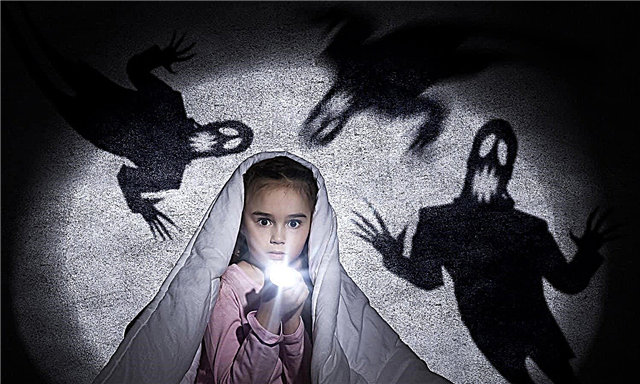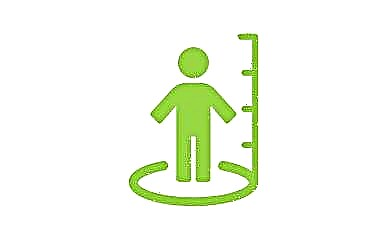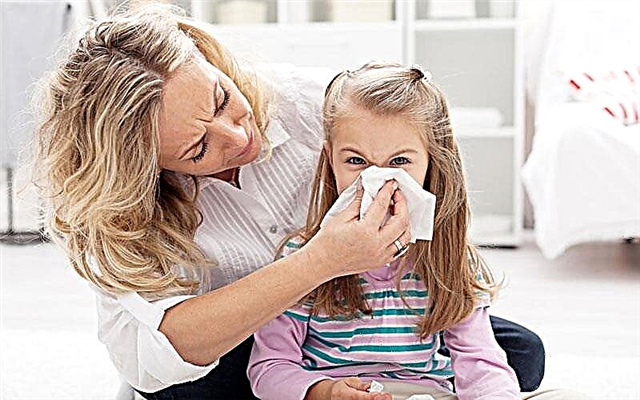
Treatments such as inhalation help in the treatment and prevention of respiratory diseases. They usually use a nebulizer - a device in which a liquid medicine becomes an aerosol. Once in the child's body, this aerosol affects the respiratory system and accelerates recovery. One of the most common medicines used for therapeutic and prophylactic inhalations is saline.

What is it?
Saline is an aqueous solution of sodium chloride with a concentration of 0.9%. It is called physiological (another common name is isotonic solution) because of its similarity to blood plasma. Due to this similarity, saline is easily absorbed and helps to restore water-salt balance.
Should I buy at the pharmacy?
In the pharmacy network you will find saline solution in ampoules and vials. Its main advantage is sterility, since such a drug is manufactured under laboratory conditions.

How to cook it yourself?
If you are going to make a saline solution at home, you can take pure table salt, preferably finely ground (for better dissolution).
One liter of warm boiled filtered water is taken for a teaspoon of salt with a slide. After thoroughly stirring the salt in water, you can store such a solution for up to 24 hours in a refrigerator.


- Before inhalation with such a homemade saline solution, it should be warmed to room temperature.
- Remember that such a solution is not sterile, so during inhalation, not only water and salt will enter the respiratory tract, but also microbes. Therefore, the pharmacy version of the physiological solution is more preferable, especially since its cost is low.
- Instead of saline solution for inhalation, you can use alkaline mineral waters.
Indications
The use of saline for inhalation is indicated for:
- Runny nose.
- Sore throat.
- Diseases of the bronchi and lungs.
- ARVI.
- Adenoids.
The main principle of the effect of such inhalations on the child's body is to maximize the hydration of the respiratory tract. It improves mucus production by eliminating dry coughs and also speeds up the excretion of phlegm.

Are there any contraindications?
It is impossible to breathe with saline or other drugs diluted with saline at an elevated body temperature, a tendency to bleeding from the nose, and also with otitis media.
If a child has a runny nose with purulent discharge, the procedure may worsen the course of the disease. In addition, inhalations with saline are not recommended for violations of the water-salt balance and heart failure.
For information on what you need to know when carrying out inhalations, see the video of the Union of Pediatricians of Russia.
Inhalation dosage
To give a small child inhalation with saline, the medicine is poured into a nebulizer in a volume of 3-4 milliliters. For older children, the dose of the drug can be increased to 10-15 ml, depending on the duration of the procedure and the course of the disease.
Adding other medications
In addition to procedures with only saline solution, children are often prescribed other therapeutic inhalations. In this case, saline is used to dilute other medicinal products.
In combination with saline for nebulizer inhalations, use:
- Bronchodilators (Atrovent, Berodual, Berotek and others) - their purpose is indicated for bronchial asthma and other diseases in which there is bronchospasm.
- Mucolytics (ACC inject, Ambrobene, Mukaltin, Lazolvan and others) - are prescribed for coughing in order to make it productive and facilitate the expectoration of sputum.
- Antiseptics (Miramistin, Chlorophyllipt, Dioxidin, Furacilin) - recommended for cleansing mucous membranes.
- Antibiotics (Gentamicin, Fluimucil) - indicated for bacterial lesions of the respiratory tract.
- Antitussives (Tussamag, Pertussin) - help to get rid of unproductive cough.
- Anti-inflammatory drugs (Pulmicort, Cromohexal, Rotokan and others) - are indicated for the reduction of swelling of the mucous membrane and the treatment of inflammation, especially of an allergic nature.

Instructions for use, duration and frequency
For inhalations with saline, both a steam inhaler and any type of nebulizer are used. It is important to remember that if you decide to use a steam inhaler for the procedure, you will only affect the upper respiratory tract. Saline can enter the bronchi and alveoli only with the help of a nebulizer. Saline is warmed up before the procedure.
Features of inhalations with saline at different ages:
Inhalation with saline for children under one year old
You can breathe saline through a nebulizer from birth. This is a completely safe drug that is approved for use at home in children under one year old. Nevertheless, it is imperative to consult with a pediatrician regarding inhalation for babies in order to take into account all the risks and individual characteristics of the baby.

Tips
- If the child has eaten, no inhalation is performed for 60-90 minutes after that.
- For an hour after the procedure, the child should not talk, eat, drink or go for a walk.
- The saline particles should be inhaled quietly.
- After the procedure, rinse the device and dry it well.




